Cats are fascinating creatures with their own unique personalities, and like humans, they can experience trauma and stress from changes in their environment. Whether it’s a move to a new home, the arrival of a new pet, or a traumatic event, these experiences can leave your feline friend feeling anxious and scared. This article aims to provide cat owners with practical tips to help reassure their beloved pets during such times, ensuring they feel safe, loved, and secure once again.
Understanding Your Cat’s Behavior
Cats are often seen as independent creatures, but they are deeply sensitive to changes in their environment. When a cat has experienced trauma or change, you may notice behaviors such as hiding, aggression, or a lack of appetite. Understanding these signs is crucial in helping them heal. For instance, if your cat suddenly starts hiding under the bed or avoids you, it’s their way of coping with stress. Think of it as their personal time-out, a moment to process what’s happening around them. Recognizing these behaviors as cries for help rather than acts of defiance can set the stage for healing.
Creating a Safe Haven
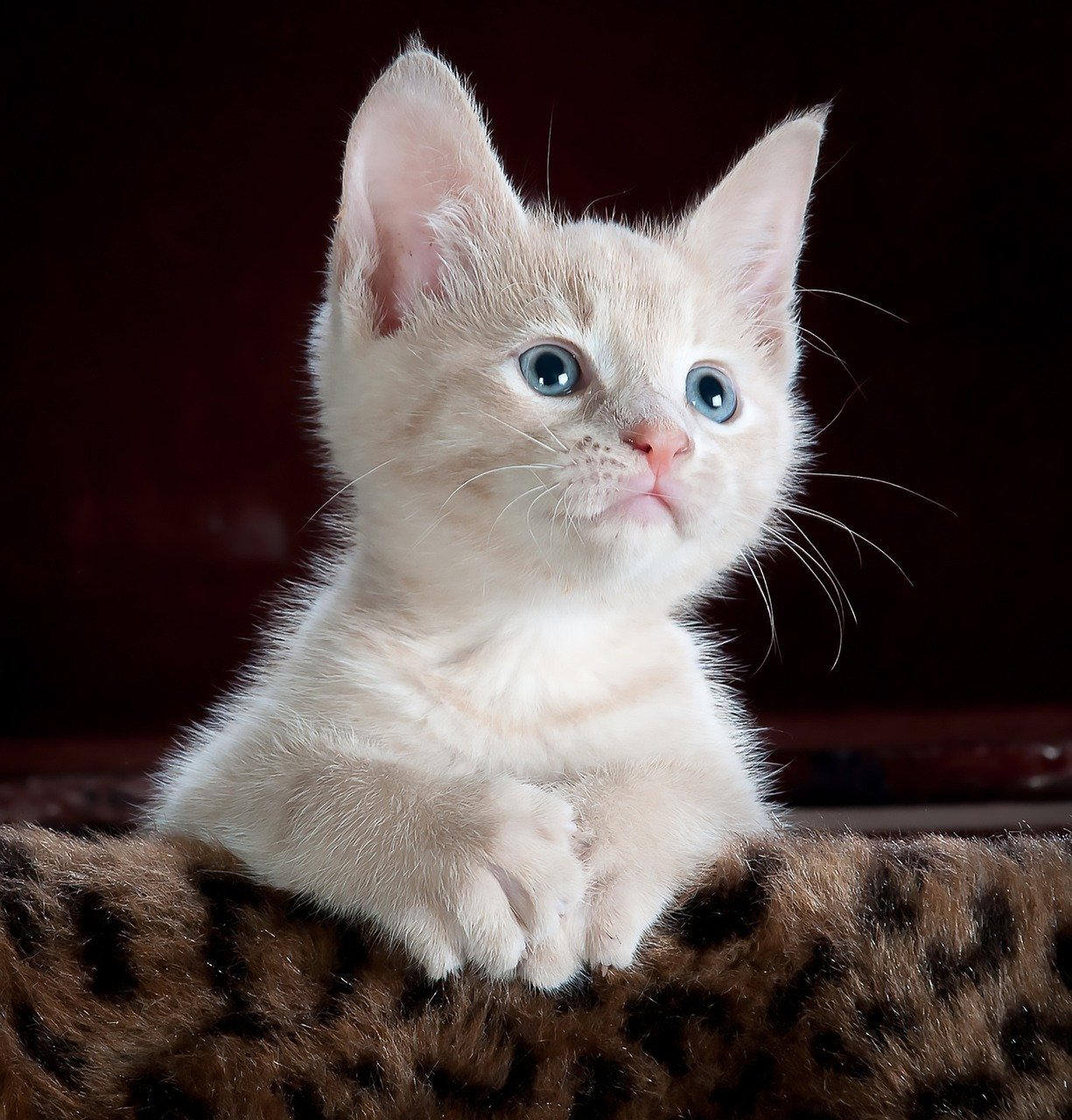
One of the first steps in reassuring your cat is to provide a safe, quiet space where they can retreat. This should be a place where they feel secure and undisturbed. Consider setting up a cozy corner with their favorite blanket, toys, and maybe even a piece of your clothing with your scent on it. This can be likened to a child’s security blanket, offering comfort and familiarity. The idea is to create an environment that feels like their own little sanctuary, allowing them to relax and feel at ease.
The Power of Routine
Cats thrive on routine, and disruptions can be particularly distressing for them. Re-establishing a predictable daily schedule can work wonders in bringing a sense of normalcy back to their lives. Whether it’s feeding them at the same time every day or engaging in regular play sessions, consistency is key. Think of it as setting a clock to their internal rhythm, helping them know what to expect and when. A structured routine not only reassures them but also reinforces the bond you share.
Gentle Interaction and Patience
When dealing with a traumatized cat, it’s vital to approach interactions with gentleness and patience. This is not the time for loud noises or sudden movements. Speak in a soft tone and let your cat come to you when they are ready. Imagine you’re meeting a shy person for the first time—taking it slow and allowing them to set the pace is crucial. Over time, your cat will learn to trust you again, knowing that you will always respect their boundaries.
Using Pheromone Diffusers

Pheromone diffusers are an excellent tool in calming a stressed cat. These devices release synthetic pheromones that mimic the comforting scent of a mother cat, creating a calming environment. It’s akin to using aroma therapy in humans—just a whiff can help ease tension and promote relaxation. Place the diffuser in areas where your cat spends most of their time, and you may notice a more tranquil demeanor and reduced anxiety.
Engaging in Play and Exercise

Play is not only a way to strengthen the bond between you and your cat but also a means to release pent-up energy and stress. Engage your cat in activities that stimulate their mind and body, such as using interactive toys or laser pointers. Think of playtime as a mini workout session that leaves them feeling rejuvenated. Regular play not only tires them out but also serves to distract them from any unsettling changes that may have occurred.
Offering Comfort Through Touch
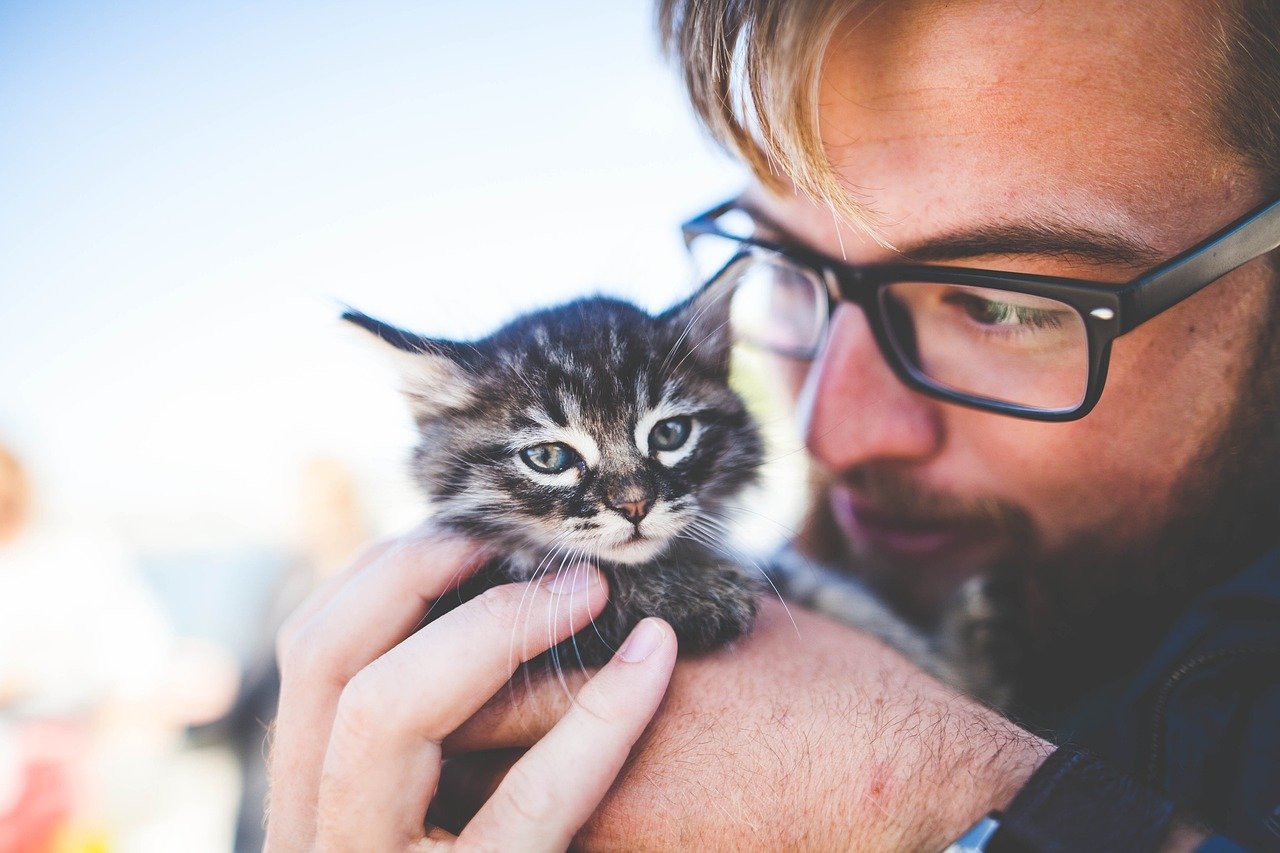
Physical touch can be incredibly soothing for a cat that’s been through trauma. Gentle petting or brushing can help reassure them of your presence and love. Imagine it as a comforting hug for humans—something that brings warmth and a sense of security. However, always be mindful of their mood and body language; if they seem reluctant, give them space and try again later. The goal is to associate your touch with positive feelings.
Feeding Their Favorite Meals

Food can be a source of comfort for cats, just like it is for many humans. Offering their favorite meals or treats can make them feel pampered and loved. This doesn’t mean overindulging them, but rather using it as an occasional tool to lift their spirits. It’s similar to enjoying a favorite comfort food after a long day—something that brings joy and contentment. Make mealtime a pleasant experience, and it can become another opportunity for bonding.
Providing Distraction with New Toys
Introducing new toys can serve as a wonderful distraction for a cat dealing with change. New stimuli can pique their curiosity and shift their focus away from stress. Whether it’s a new feather wand or a puzzle toy, these can engage their hunting instincts and bring excitement back into their lives. Think of it like giving a child a new book or game—something to captivate their imagination and provide a welcome escape.
Encouraging Exploration
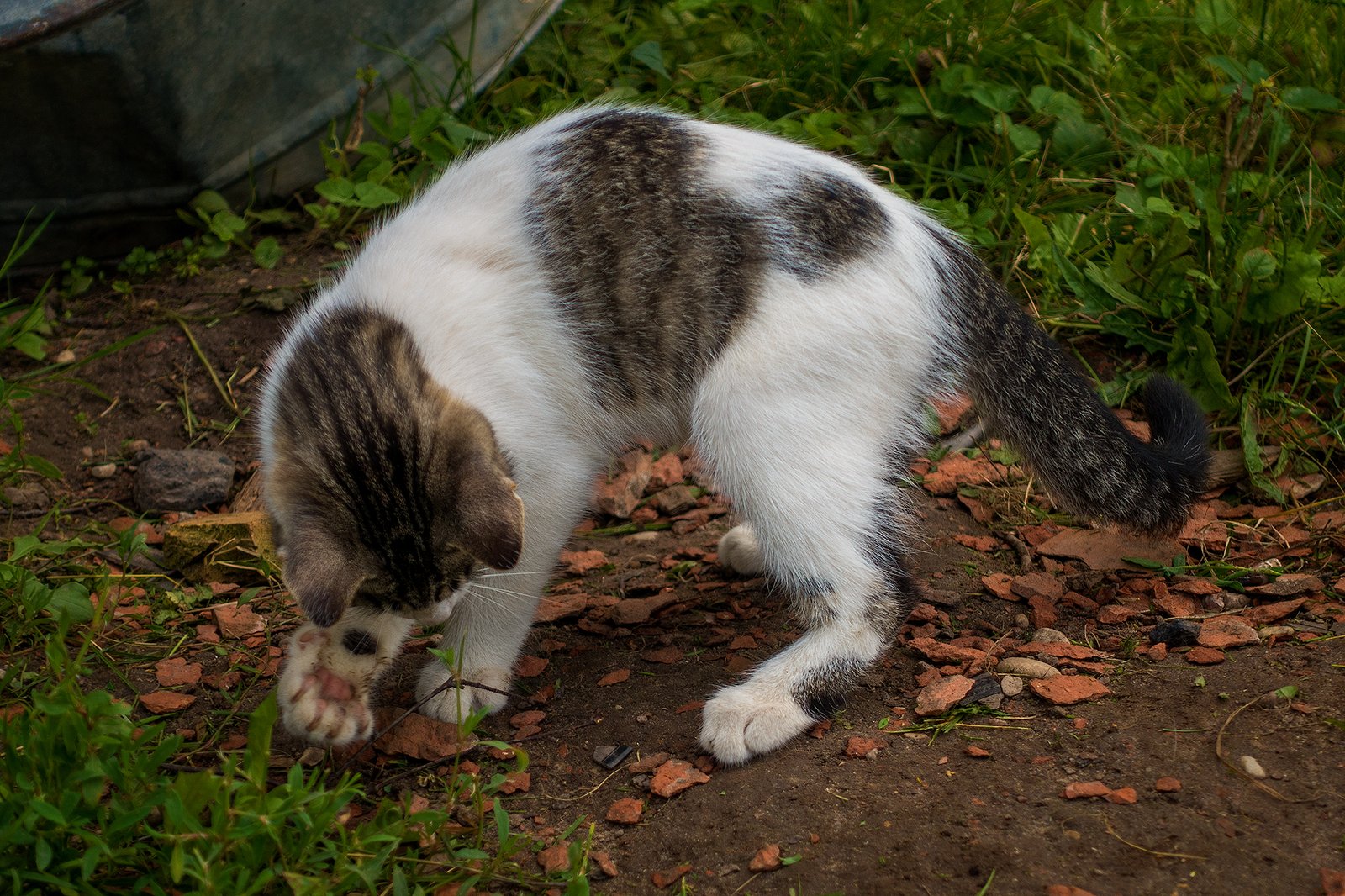
Allowing your cat to explore their environment at their own pace can help them adjust to changes. Whether it’s a new home or rearranged furniture, let your cat sniff, climb, and investigate. It’s like a human familiarizing themselves with a new neighborhood—gaining confidence through exploration. Supervise them during these explorations to ensure their safety and offer reassurance when needed. This gradual approach can help them feel more secure in their surroundings.
Calm Background Music
Sound can have a profound effect on a cat’s mood. Playing soft, calming music can help create a serene atmosphere that soothes their nerves. It’s similar to how humans use music to relax and unwind. Consider playing classical music or specially composed tracks for cats, which often incorporate sounds of nature. This auditory comfort can be a simple yet effective way to ease anxiety and promote relaxation.
Monitoring Changes in Behavior
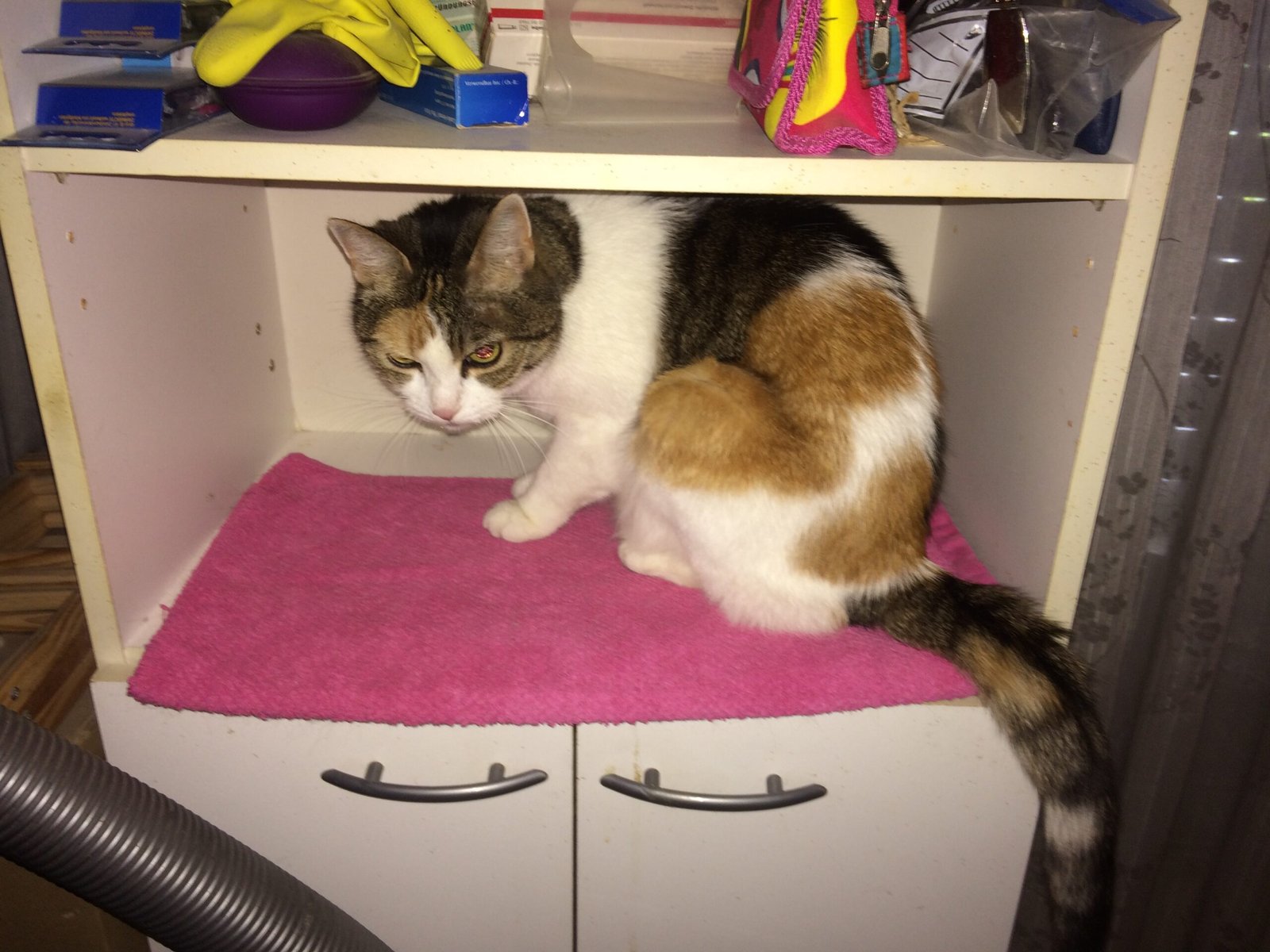
Keep a close eye on any changes in your cat’s behavior, as this can offer insights into their emotional state. Are they eating less? Grooming more? These subtle cues can help you gauge their level of stress or comfort. It’s much like a doctor observing symptoms to diagnose a condition. Being attentive to these changes allows you to adjust your approach and provide the necessary support to aid in their recovery.
Consulting with a Veterinarian

If your cat’s anxiety persists despite your efforts, consulting with a veterinarian is a wise step. They can assess whether there are underlying health issues contributing to your cat’s behavior. Much like seeking a therapist for persistent human stress, a vet can offer expert advice and potential solutions, including medication or behavioral therapy. Remember, it’s always better to seek professional guidance than to let the problem linger.
Using Herbal Remedies
Herbal remedies, such as catnip or valerian root, can have calming effects on cats. These natural solutions can be likened to using herbal teas for relaxation in humans. Offering these in moderation can help soothe your cat’s nerves and promote a sense of calm. However, always consult with a vet before introducing any new substances to ensure they are safe for your pet.
Building Trust Over Time
Rebuilding trust with a traumatized cat is a gradual process that requires time and patience. Think of it as mending a fragile vase—each interaction is a step towards restoring what was lost. Celebrate small victories, like when your cat approaches you or purrs in your presence. These moments signify progress and reinforce the bond between you and your feline friend.
Respecting Your Cat’s Space
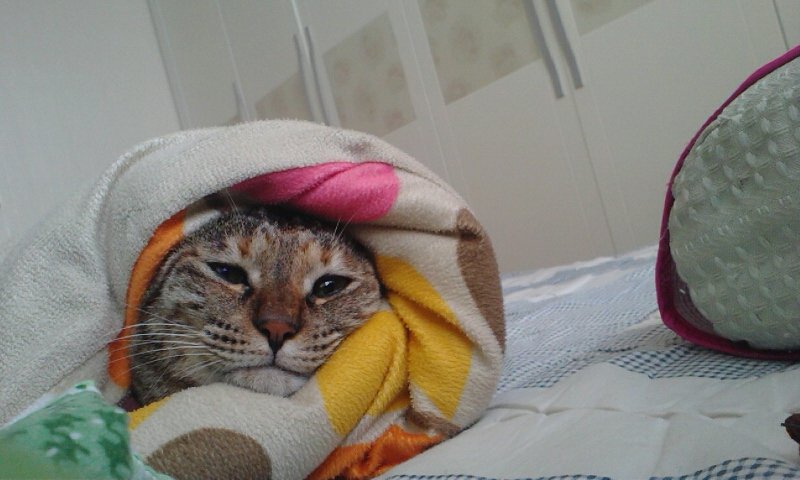
It’s crucial to respect your cat’s need for space during their recovery. Allow them the freedom to retreat and come out when they feel comfortable. It’s akin to giving someone time to themselves after a stressful event—a necessary part of the healing process. By respecting their boundaries, you show that you value their comfort and autonomy, which in turn fosters trust.
Positive Reinforcement Techniques
Using positive reinforcement can encourage desired behaviors and reduce anxiety in your cat. Reward them with treats or affection when they display calm or friendly behavior. It’s similar to how teachers use praise to encourage students. This approach not only promotes a positive environment but also strengthens the bond between you and your cat.
Maintaining a Calm Environment

Creating a calm and stable environment is essential for a cat recovering from trauma. Minimize loud noises and sudden changes to help them feel secure. Think of it as setting the scene for relaxation—a peaceful backdrop that allows your cat to unwind. By maintaining a tranquil atmosphere, you provide the foundation for healing and comfort.
Recognizing When Professional Help is Needed
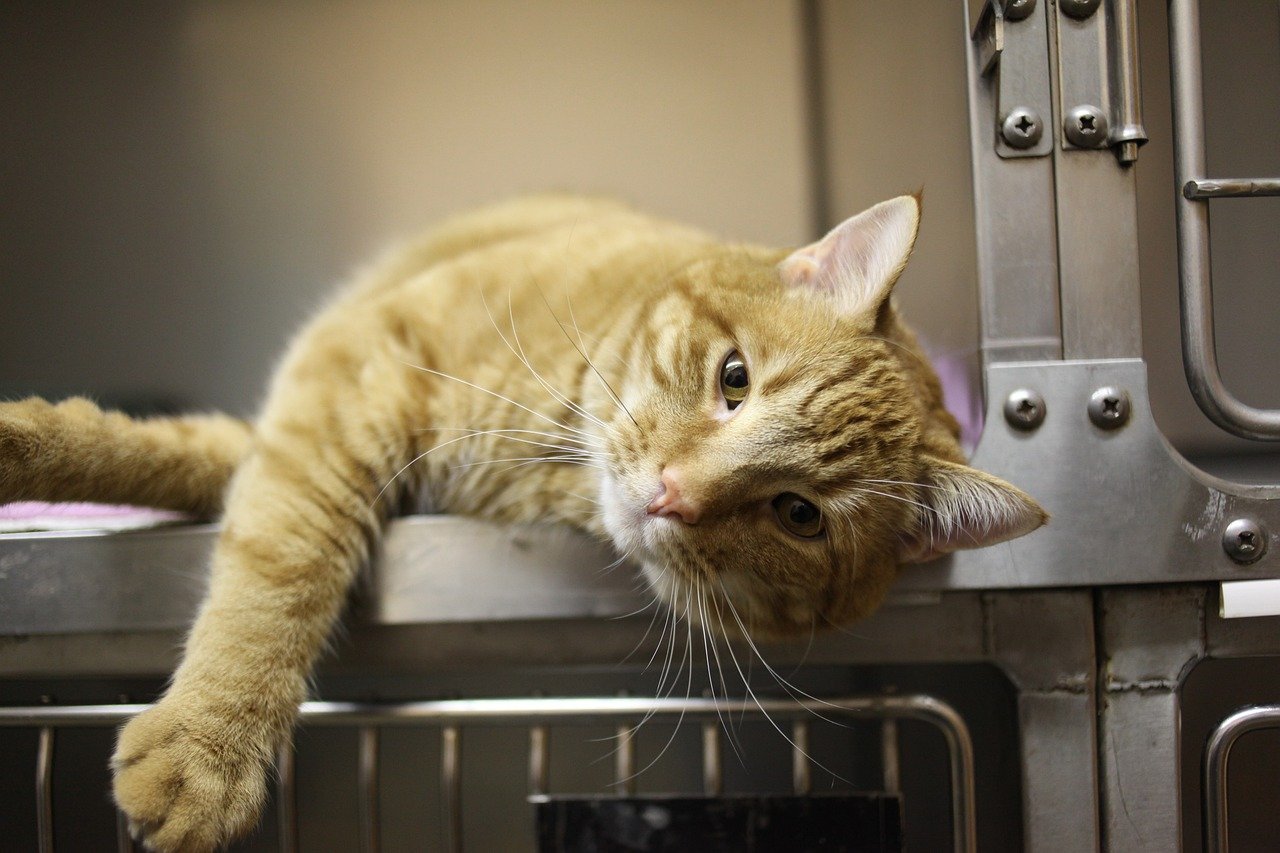
While many cats can recover from trauma with love and patience, some may require professional help. If your cat’s behavior remains unchanged or worsens, it’s important to seek the advice of an animal behaviorist or veterinarian. Much like how humans consult specialists for mental health issues, professional intervention can offer tailored solutions to help your cat overcome their challenges.
In conclusion, reassuring a cat that’s been through trauma or change involves a combination of understanding, patience, and love. By providing a safe, nurturing environment and respecting their needs, you can help your feline friend regain their confidence and happiness. With time and effort, your cat will once again feel at home in their world, surrounded by the comfort and care they deserve.
Hi, I’m Bola, a passionate writer and creative strategist with a knack for crafting compelling content that educates, inspires, and connects. Over the years, I’ve honed my skills across various writing fields, including content creation, copywriting, online course development, and video scriptwriting.
When I’m not at my desk, you’ll find me exploring new ideas, reading books, or brainstorming creative ways to solve challenges. I believe that words have the power to transform, and I’m here to help you leverage that power for success.
Thanks for stopping by, Keep coming to this website to checkout new articles form me. You’d always love it!






